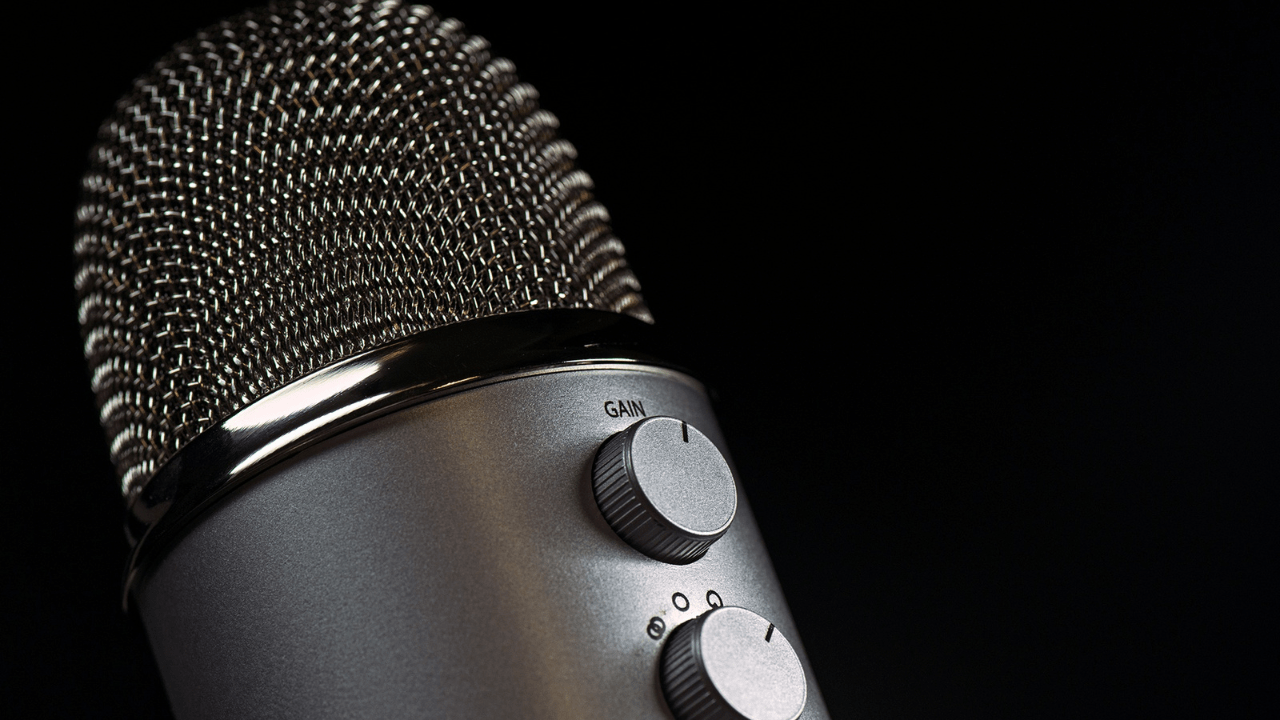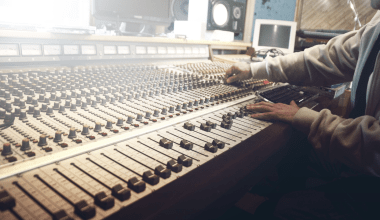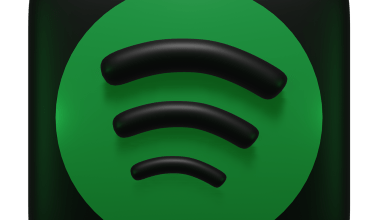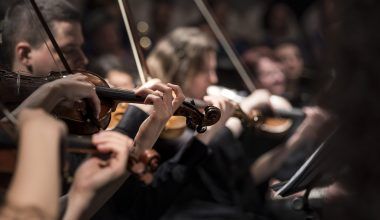What is trap music? If you’ve ever heard songs with deep bass, fast hi-hats, and catchy beats, you’ve probably heard trap music. But trap music meaning is more than just its sound. It’s a style of music that tells stories about life, struggles, and ambition.
Trap music started in the Southern United States in the late 1990s. The word “trap” refers to places where people were trapped by poverty and crime. Through music, artists shared what life was like in these tough neighborhoods. Today, trap music has become one of the most popular genres worldwide, loved for its unique beats and honest lyrics.
Where Did Trap Music Come From?
Trap music was born in Atlanta, Georgia, in the 1990s. Artists like T.I., Gucci Mane, and Young Jeezy were among the first to create this style. Their songs talked about real-life struggles, survival, and the hustle to make a better life.
How Trap Music Got Its Name
The word “trap” originally referred to places where illegal activities happened. But for these artists, it was also about being stuck in a cycle of poverty and trying to escape. The music became their way of expressing emotions and telling their stories.
What Does Trap Music Sound Like?
If you’ve heard trap music, you know it’s different from other types of music. Here’s what makes it stand out:
- Deep Bass: The bass in trap music is heavy and makes you feel the beat.
- Fast Hi-Hats: The “tss-tss-tss” sound of hi-hats creates a sharp and rhythmic beat.
- Dark Melodies: Trap songs often use haunting or emotional sounds from synthesizers or keyboards.
- Strong Lyrics: The words in trap music are raw and real, often talking about life’s challenges and dreams.
Why Is Trap Music So Popular?
Trap music has grown from a local sound in Atlanta to a global phenomenon. Why do so many people love it?
Relatable Stories
Trap music tells stories of struggle, hope, and success. Even if you haven’t lived the same experiences, the emotions behind the music can resonate with anyone.
Catchy Beats
The beats in trap music are so unique that they stick in your head. Whether you’re dancing or just chilling, the rhythm pulls you in.
Cultural Influence
Trap music has influenced fashion, slang, and even social media trends. It’s more than just music; it’s a lifestyle.
Famous Trap Music Artists
Trap music wouldn’t be what it is today without the incredible artists who helped shape it. Let’s look at some of the most iconic trap artists:
- T.I.: Known as the “King of Trap,” T.I. made the term famous with his 2003 album Trap Muzik.
- Gucci Mane: A legend in the trap world, Gucci Mane’s music laid the foundation for many artists.
- Young Jeezy: His storytelling and gritty beats captured the essence of the trap life.
- Future: Future brought a futuristic sound to trap with his use of Auto-Tune and unique beats.
- Migos: This trio made trap music even more popular with hits like “Bad and Boujee.”
Trap Music Meaning in Everyday Life
For many artists, trap music is more than entertainment; it’s a way to cope with life. It’s about turning pain into art. That’s why fans feel a deep connection to trap music. It’s honest, raw, and unfiltered.
How Trap Music Has Changed Over Time
When trap music started, it was mostly about life in tough neighborhoods. But today, trap has evolved and blended with other styles. Here’s how it has changed:
- Trap-Pop: Artists like Ariana Grande and Post Malone mix trap beats with pop melodies.
- Trap-EDM: DJs like Diplo and Skrillex add trap elements to electronic dance music.
- Global Trap: Trap artists from Latin America and Asia have created their own versions of trap music.
Trap Music Around the World
Trap music isn’t just popular in the U.S. anymore. It’s now a global genre. Here’s how it’s being embraced around the world:
- Latin America: Artists like Bad Bunny mix trap with reggaeton.
- South Korea: Trap is a big part of K-pop songs by groups like BTS.
- Europe: UK artists blend trap with grime music for a fresh sound.
Trap Music vs. Hip-Hop
Some people wonder how trap music is different from hip-hop. The answer lies in the sound. While hip-hop focuses on lyrics and storytelling, trap music is all about the beats and vibe. Both are connected, but trap music has its own identity.
Have you ever seen a TikTok video with a trap song playing in the background? That’s because trap music is perfect for creating viral content. Its beats make it great for dance challenges and memes.
The Future of Trap Music
Trap music is always changing. In the future, we can expect:
- More Collaboration: Trap artists working with pop, rock, and EDM stars.
- New Sounds: Producers experimenting with AI and other technologies.
- Global Domination: Trap music becoming even bigger in other countries.
How Can You Make Trap Music?
Are you inspired to make your own trap music? Here’s how you can start:
- Learn the Basics: Study the beats and lyrics of famous trap songs.
- Use the Right Tools: A laptop, beat-making software, and a microphone are all you need.
- Practice: Start creating beats and writing lyrics. The more you practice, the better you’ll get.
Why Trap Music Matters
Trap music isn’t just a genre; it’s a voice for those who often go unheard. It’s a reminder that art can come from struggle and that music can bring people together.
Conclusion
The trap music meaning goes beyond its beats and lyrics. It’s about stories, culture, and creativity. Trap music started in the streets of Atlanta but has grown into a global force. Whether you’re a fan or an artist, trap music has something for everyone.
Final Thoughts:
Trap music is proof that great art can come from tough times. It shows us how music can inspire, unite, and entertain. If you haven’t explored this genre yet, now is the perfect time to start!
Related Articles:
For further reading, explore these related articles:
- Fun and Creative Spotify Name Ideas to Match Your Vibe
- Voice Note Meaning in Hindi – Simple and Easy Guide for Everyone
For additional resources on music marketing and distribution, visit Deliver My Tune.






